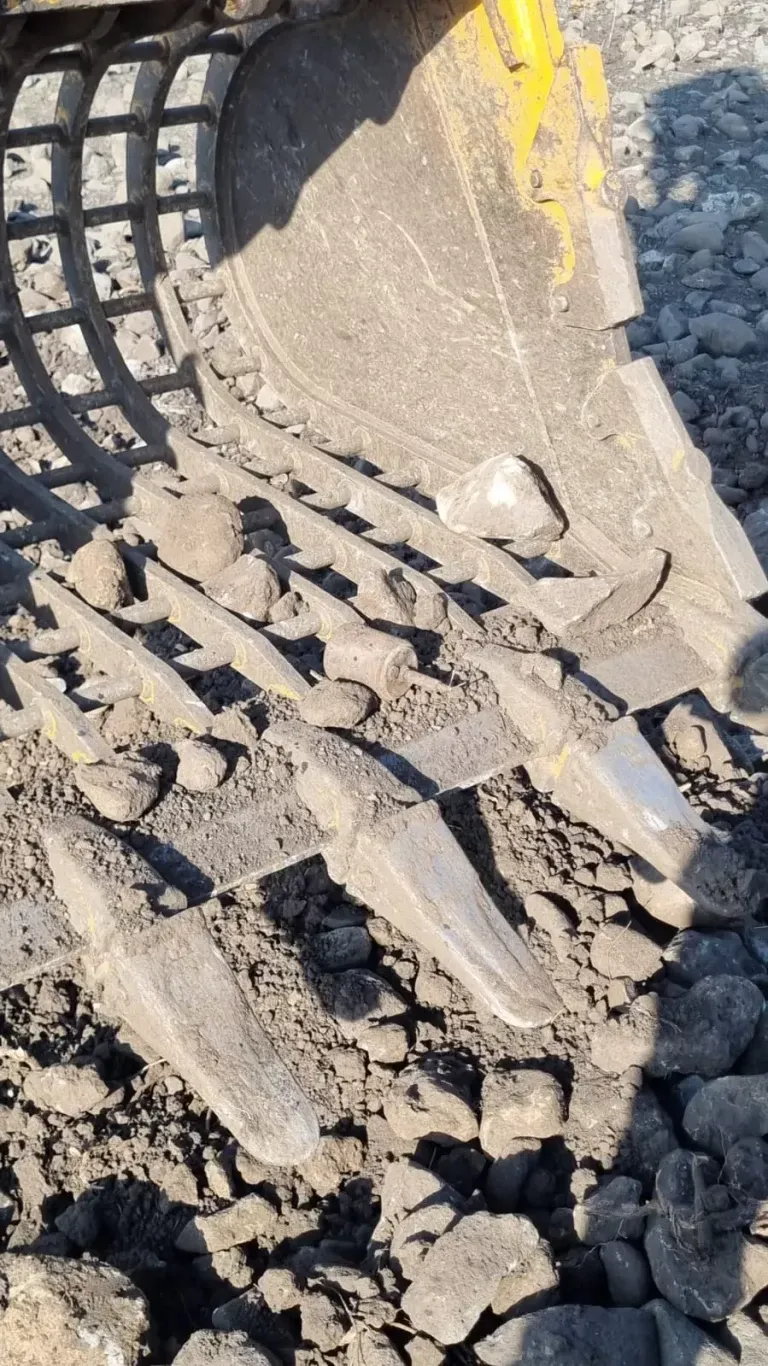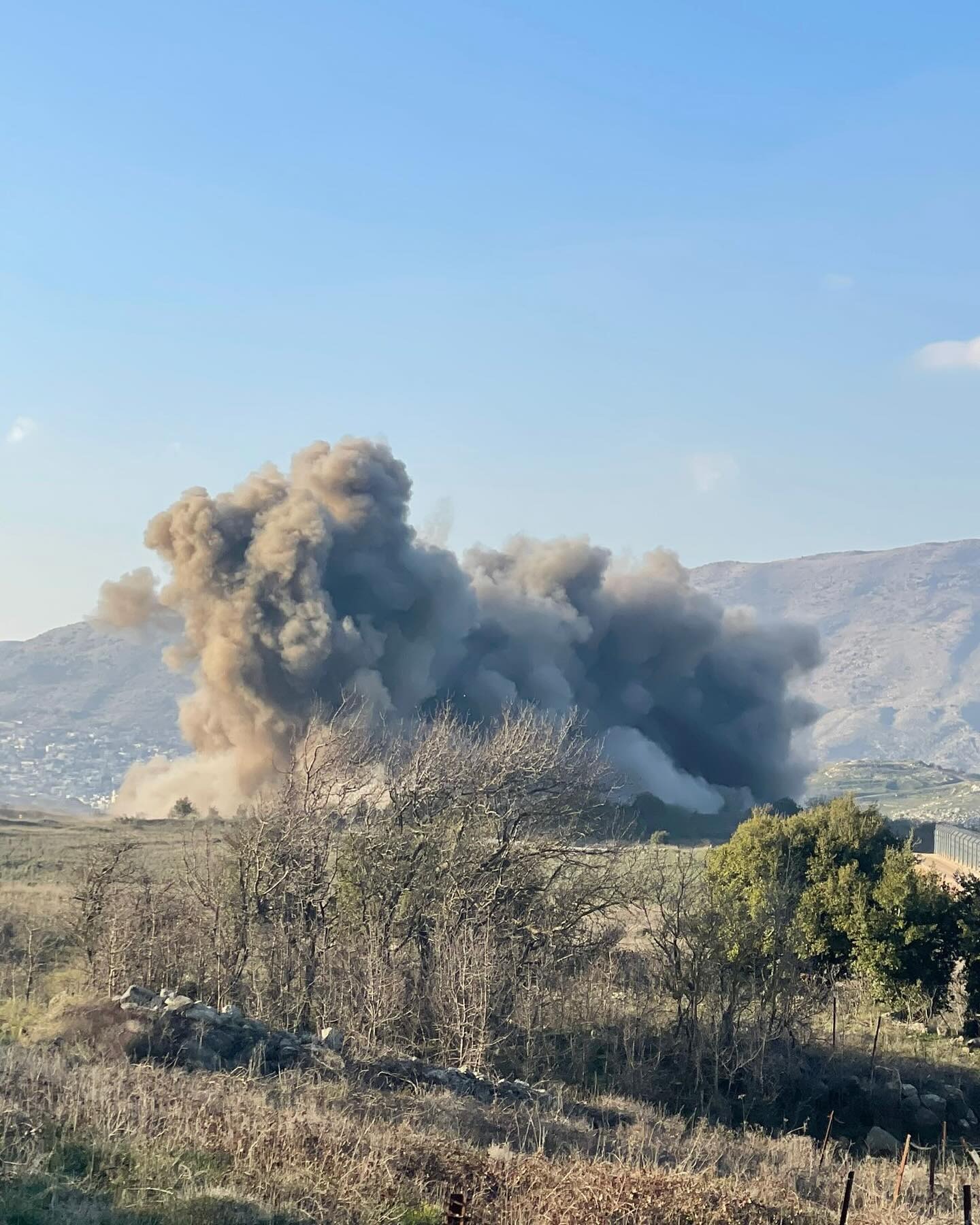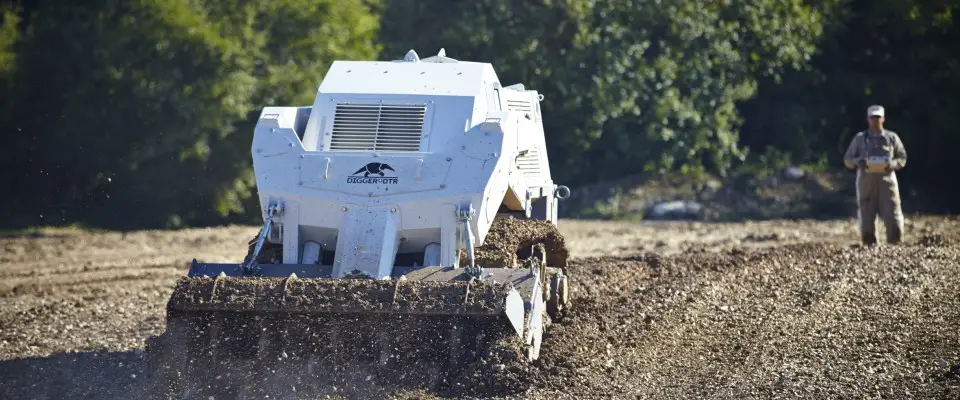We all have scars, no matter how long we’ve lived here, either from an attack or some small injury, a wound that won’t heal. With the end of the war, when we think of people going home, we assume there will be peace. But to millions of people all over the world, there’s always an enemy lurking beneath the surface, waiting for the right time to strike. They never seem to dare to come out of hiding, and so for how long? They might surprise you, but it will make you wonder about old times.
What are Landmines?
Landmines are one of the hidden explosives. They are interred just below the earth’s surface. Landmines are designed to explode when a person, or something, steps on them, or if a tripwire is set off. Unlike most other weapons, they do not need any human beings to fire them. Once landmines have been planted, they simply sit there waiting to happen. That’s why they are so deadly. They remain active and deadly for decades after a war has ended. They kill the people who are trying to live.
What Are The Types of Landmines?
Because whereas all landmines are hidden explosives, they’re mostly separated into two or three big groups based on what they’re meant to attack.
- Anti-Personnel (AP) Mines
These are the ones that kill people. They are usually smaller and intended to do stuff to hurt, disable, or kill a person. For example, if you step on one and it explodes right under your foot, that is probably an anti-personnel mine in action. They usually just explode from a little amount of pressure from a person’s weight or from tripping a small wire. Most of them are banned by international treaties because of the killing of civilians that they do.
- Anti-Vehicle (AT) Mines
These are the larger and more powerful landmines. They are made to damage or destroy a vehicle such as a tank, armoured vehicle, or even a truck. They require significantly more weight or force to set them off, usually hundreds of pounds, so it would typically not be possible for one person to step on one and get them to explode. It’s to stop a vehicle alive.
- Improvised Mines (IEDs)
A person or group that is not an army can make their own landmines. They’re called ” improvised explosive devices ” ( IEDs when they perform the same function as a land mine and come in whatever material is readily available ( it’s quite possible to look very different from factory-made mines ). They’re often more deadly ( if not more so ) than factory-made mines and can be particularly difficult to track down because they may only contain a small amount of metal. They can also be victim-activated like real landmines.
So while they may vary in size and target, the awful truth is they all have the same goal: to be waiting and hiding until someone triggers them.
How Long Do Landmines Last?
It’s scary and frankly the case that landmines can be deadly for an amazingly long time – decades or even 50 years, and most of the time it’s because there really is no time limit. For the same reason, those hidden weapons are designed to be left.
They’re designed to remain silent and dormant in the ground (sometimes for decades) without needing any maintenance or power. The explosive material inside them is intended to be very stable. It is not designed to change form and become harmless over time.
So a mine that was planted decades ago in a conflict can still be just as dangerous today as it was on the day it was planted. And we’ve even found landmines that were planted over 100 years ago, like landmines that could still explode in the American Civil War. Because their long-term survival potential makes them a terrifying problem, they can kill innocent people after any fighting is over.
Why Landmines Stick Around So Long?
It’s really creepy, but landmines have a very very specific ( and very cruel ) purpose: longevity. They maintain that long lifespan for a few main reasons that are all inside the design.
Built from Extremely Durable Materials:
- Landmines are often enclosed in some kind of styrofoam or metal ( resistant to corrosion ), which is very useful.
- These materials have been specifically chosen to withstand hard environments such as extreme temperatures, moisture, soil chemicals and the earth’s forces.
- Unlike many consumer products, they’re designed not to rust or decay easily over time.
Containing Highly Stable Explosive Charges:
- The explosive compounds packed inside landmines are incredibly stable chemicals.
- They are designed to last for decades concerning their volatile properties. meaning they will not degrade or lose their impact with time or environmental exposure.
- Think of it like a really strong chemical reaction that’s just waiting to happen and not something fading away gradually.
Designed for Passive, Dormant Operation:
- Once planted, landmines don’t require ongoing maintenance or electricity.
- They are designed to just ” wait ” quietly for a trigger. It ‘s usually pressure from a foot / vehicle or a tripwire.
- This ” dormant ” status means they have no batteries to run out of, no intricate moving parts to wear out and nothing to corrode or fail unless activated. They just have a purpose to be silent and not move until someone gets a target, which is really how long they last.
Defending Against Landmines That Last
Because while landmines are effective for decades, the fight against them is not. Companies like 4M Defense are on the ground, changing decades of military experience into practical solutions. We provide cutting-edge technology combined with active deployments globally. And we also create custom strategies to destroy these all-time threats and provide safe and secure communities. It’s all about creating new answers to an aging problem. To ensure the dead do not live on in future generations.
The Bottom Line!
As we have seen, Landmines do not break down at the end of a war; they may, indeed, not crack at all, and, like many other materials, they cannot be disposed of. A Landmine is made of high-quality material.
And as with all of our bombs, the explosives used are stable, and they have no expiry date. So landmines become a graveyard for thousands of years, forever trapping people in the dark, cold, and agonizing past of the conflict.







